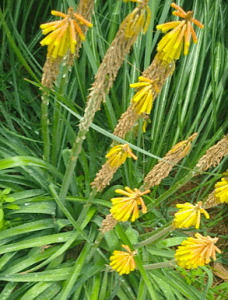This week, I spent some time outside on the Finger Lakes Trails looking for plants that seem playful and plentiful, in hopes of adding these plants to a guide that parents could use with their children when exploring their own backyards in upstate New York. Below is a picture of a variety of wild cherries (to-be-identified by Master Gardener Chantal). These cherries were plentiful and didn’t stain anything, so they would be wonderful candidates for play parts, especially if they turn out to be non-toxic:



I also stumbled upon the lesser-known black raspberries, and stopped for a snack! It’s important to recognize that there are many foods that exist outside of our current food system. Play gardens are a good way to introduce children to that concept.








































